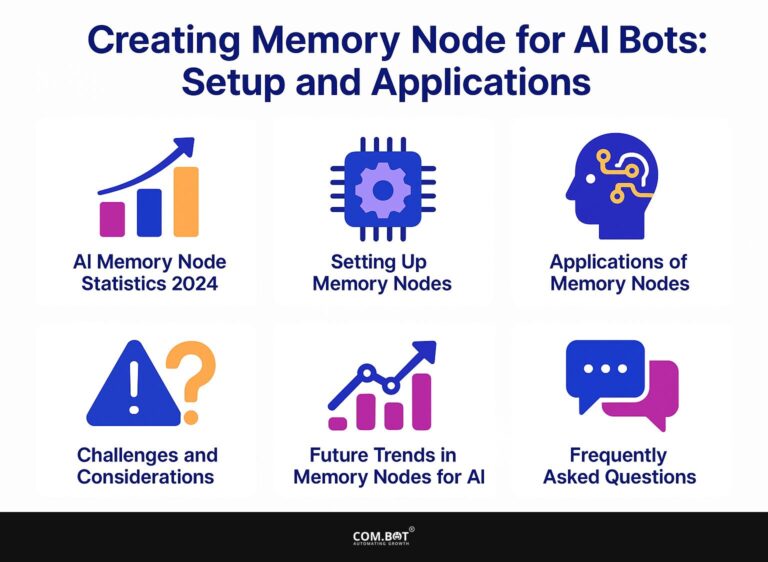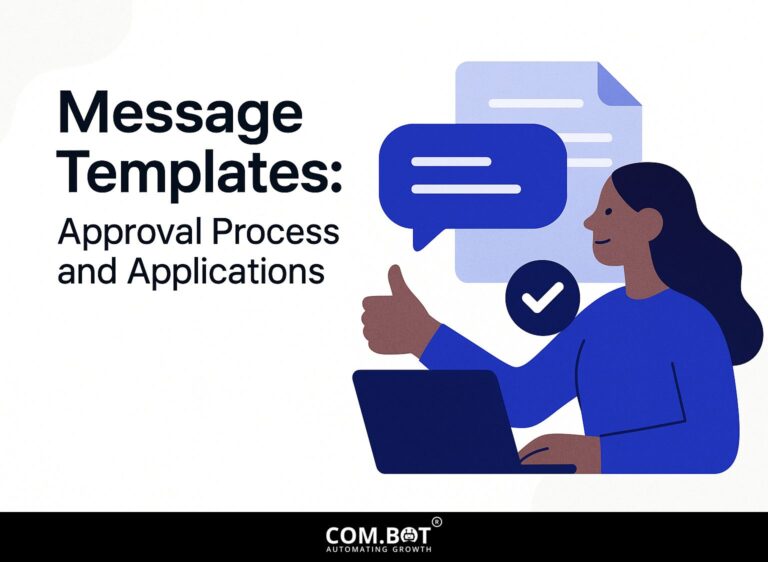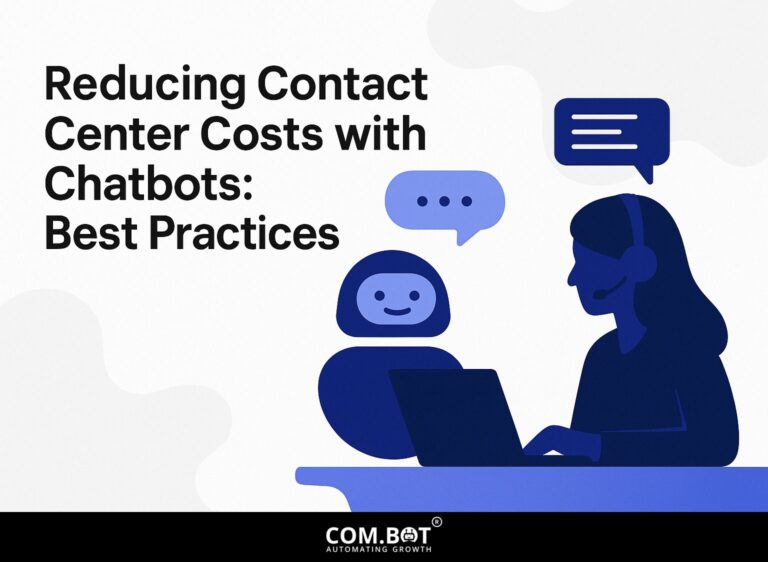Business vs. User-Initiated Conversations: Differences

It’s important to know the differences between conversations started by the business and those started by users in customer communication. With the WhatsApp API facilitating seamless interactions, businesses can engage in marketing and authentication conversations that cater to their customers’ needs. In contrast, conversations started by users allow customers to have control. This article will look at these differences, helping you use both conversation types well for a better customer experience.
Key Takeaways:
- Business-initiated conversations are initiated by the business and have a specific purpose and direction, while user-initiated conversations are initiated by the user and are more open-ended and free-flowing.
- Businesses usually start conversations for helping customers or selling products, while people start conversations for chatting and finding out information.
- The choice between business and user-initiated conversations depends on the specific goals and needs of the business, as well as the preferences and behaviors of the target audience.
- 1 Defining Business-Initiated Conversations
- 2 Defining User-Initiated Conversations
- 3 Key Differences Between the Two Types of Conversations
- 4 Conversational Analysis Statistics
- 4.1 Talk Patterns: Percentage Numbers Looking at talk patterns includes checking percentage numbers to see how often different types of interactions happen. This study helps explain how people talk with each other.
- 4.2 Talking Patterns: Numbers and Figures
- 4.3 Purpose and Intent
- 4.4 Control and Direction
- 5 Impact on Customer Experience
- 6 Technology and Tools Used
- 7 Frequently Asked Questions
- 7.1 1. What are the differences between business and user-initiated conversations?
- 7.2 2. What is the purpose of a business-initiated conversation?
- 7.3 3. What is the purpose of a user-initiated conversation?
- 7.4 4. How does the tone of a business-initiated conversation differ from a user-initiated conversation?
- 7.5 5. What are some common communication methods used in business-initiated conversations?
- 7.6 6. What are some common communication methods used in user-initiated conversations?
Defining Business-Initiated Conversations
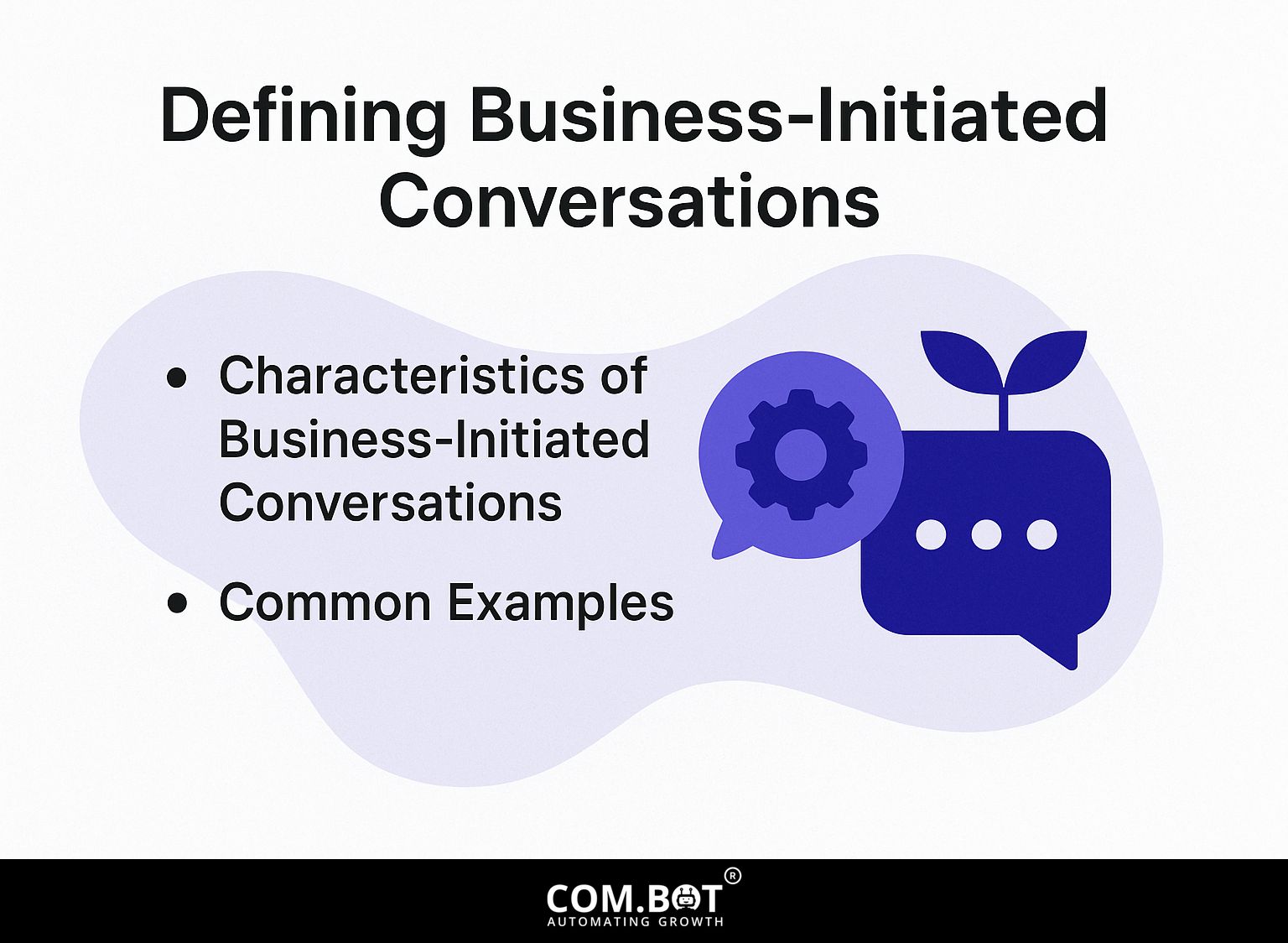
When a business starts a conversation, it means the company is reaching out to customers or potential clients for different reasons. This can include using various communication platforms, such as WhatsApp, to initiate contact and manage these interactions. Learn more about effectively managing these chats with tools like the Cloud API in our guide to managing WhatsApp chats.
1. Characteristics of Business-Initiated Conversations
Businesses often start conversations by emphasizing quick responses, clear communication, and direct questions to help customers make choices. To improve results, businesses should concentrate on a few key strategies.
For instance, use tools like Trello or Asana to organize conversation topics and deadlines, ensuring timely follow-ups. Clarity can be achieved by adhering to the ‘KISS’ principle (Keep It Simple, Stupid) in language, avoiding jargon.
Ask directly to set up a meeting or provide a link to helpful resources. These steps improve communication and build trust and connection with customers.
2. Common Examples
Businesses often start conversations to send out appointment notices, billing details, and marketing messages for various groups of customers.
Companies like Meta illustrate the impact of strategic messaging. They send appointment notifications via Messenger, leading to a 75% open rate and 50% interaction, which helps people respond better and reduces missed appointments.
Sending personal billing statements through chat can lower customer inquiries by 30%, reducing the need for support. Promotional messages targeted based on browsing history can yield a response rate exceeding 20%, showcasing the effectiveness of relevant content. By using these methods, businesses can create more genuine connections and greatly increase conversion rates.
Defining User-Initiated Conversations
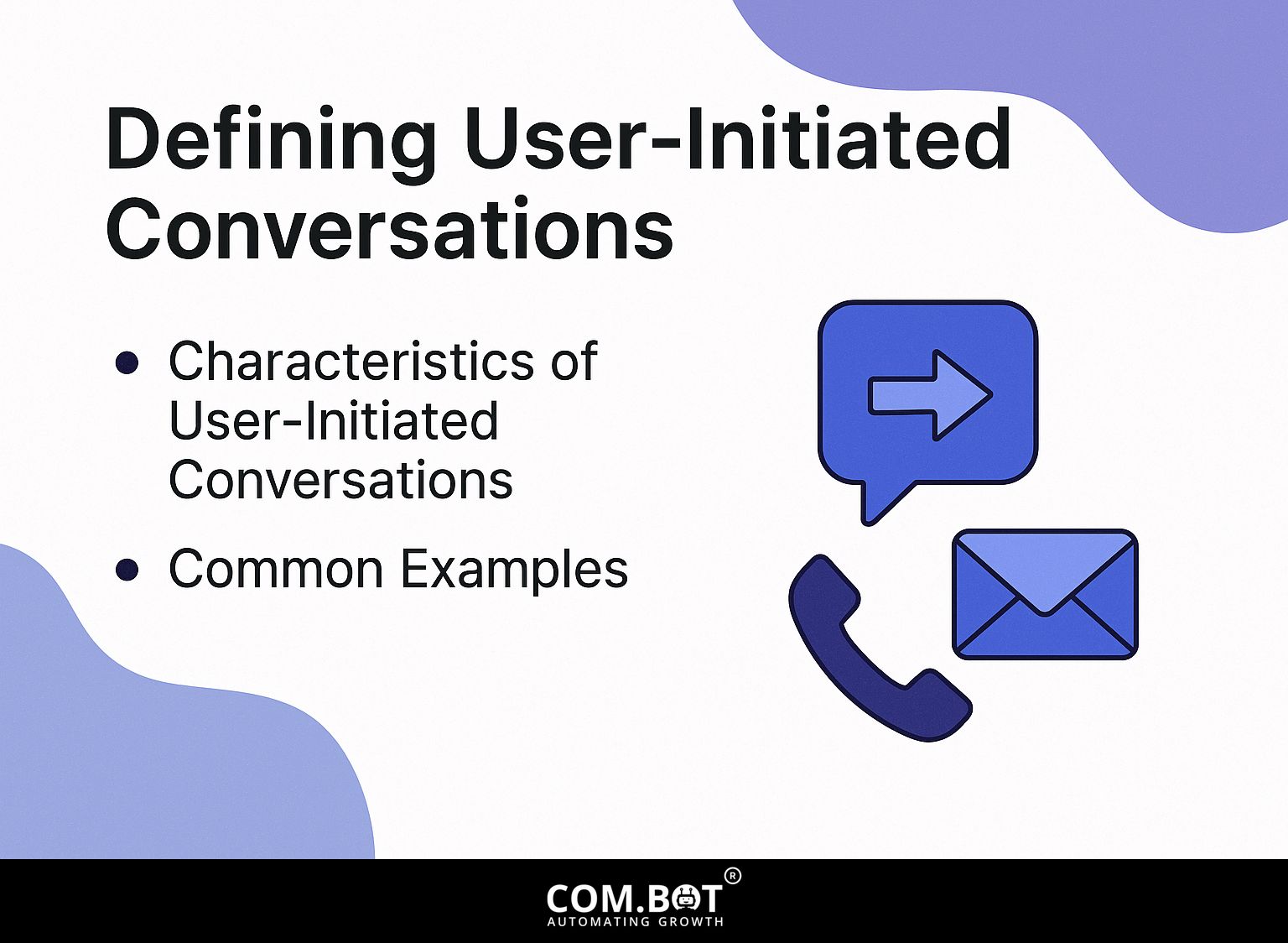
Conversations started by users happen when customers contact businesses, mainly because they have questions or needs. If interested in how businesses manage these interactions on popular platforms, you might appreciate our guide on managing WhatsApp chats using Cloud API.
1. Characteristics of User-Initiated Conversations
Conversations started by users are usually about questions or requests related to support, feedback, or services. These conversations typically reflect a range of characteristics, including spontaneity, where users may unexpectedly reach out with questions; urgency, indicating that customers often expect quick responses; and specificity, with detailed requests that emphasize the user’s context.
For example, a customer might inquire about a specific feature of a product, requiring the support team to respond thoughtfully. Research shows that timely responses improve user satisfaction by up to 80%, highlighting the importance of efficient communication strategies in managing these interactions.
2. Common Examples
Examples of user-initiated conversations include service inquiries, feedback submissions, and requests for account verification.
For example, a customer might contact us through chat about a late order, and responding quickly can increase their happiness and loyalty.
When users give feedback about a product, responding to their comments shows commitment to improving it and can create a strong relationship.
If a user requests account verification and receives a speedy response, this builds trust. Every conversation, whether addressing problems or taking feedback, is important in developing the complete customer experience.
Key Differences Between the Two Types of Conversations
It’s important to tell the difference between business-started and user-started talks to create better communication plans. Integrating effective chatbot solutions can further enhance these plans, especially when choosing a platform that excels in analyzing conversational dynamics. This approach aligns with the principles outlined in our analysis of Drift vs Com.bot (Why Com.bot is better), demonstrating effective chatbot communication.
Conversational Analysis Statistics
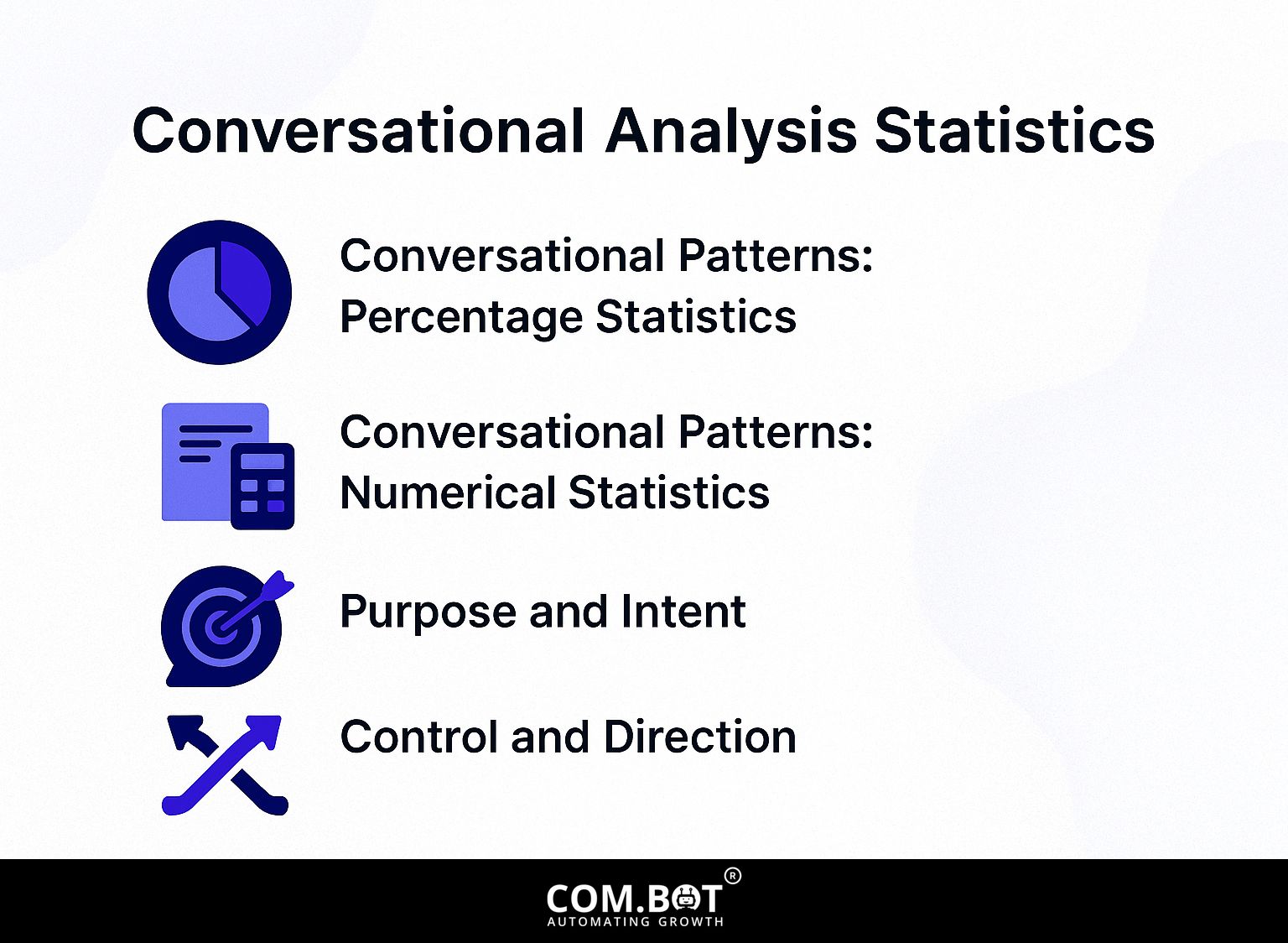
Talk Patterns: Percentage Numbers Looking at talk patterns includes checking percentage numbers to see how often different types of interactions happen. This study helps explain how people talk with each other.
Talking Patterns: Numbers and Figures
The Conversational Analysis Statistics looks at the increasing importance of Instagram for social media marketers and brands around the world. This dataset gives detailed information on how users interact with Instagram, how they use the platform, and how Instagram affects business finances.
Conversational Patterns reveal that 80% of social media marketers Use Instagram, focusing on its strong position as a marketing tool. Regionally, the platform’s penetration rates are high, with 86% of US-based accounts and 81% of UK-based accounts actively using Instagram. In Germany, 75% of accounts are Instagram users, with a remarkable 90% following business accounts, indicating strong brand-user connectivity.
- Content Interaction: Approximately 62% of users express interest after viewing Instagram Stories, showcasing the feature’s potential for engaging audiences. Despite this high engagement rate, only 36% of businesses use Instagram Stories for promotions, suggesting room for growth in adopting this highly effective marketing tool.
- Market Influence: The fashion industry heavily relies on Instagram, with 98% of fashion brands using it for marketing. Influencer collaborations are also significant, with 46.7% of brands running campaigns and 53.7% of US marketers using Instagram Reels for influencer marketing, which highlights the platform’s versatility in content forms.
Numerical Statistics indicate that Instagram hosts 200 million businesses, reflecting its expansive business ecosystem. The median posting frequency of 4.7 posts per week highlights active participation methods. Media impact values for luxury brands like Dior ($782 million), Louis Vuitton ($55 million), and Chanel ($515 million) highlight Instagram’s influence in elevating brand visibility and value.
The economic aspect is further emphasized by the 150 million people using Instagram monthly to communicate with businesses, illustrating the platform’s role in customer interaction and service. The average cost of a sponsored post, at $1,300, reveals Instagram’s premium placement value for advertisers.
Overall, this dataset highlights Instagram’s key role in online marketing, supported by strong user involvement, planned partnerships with influencers, and big economic benefits for brand marketing activities. By using this information, companies can improve their Instagram plans to strengthen brand visibility and connect with customers better.
Purpose and Intent
The main difference is in the goal: business-started discussions push for certain results, while discussions started by users are about meeting customer requirements. Knowing this difference helps you plan your communication methods.
For example, use chatbots on your website for business-started conversations, which can help users choose products or set up meetings. Tools like Drift offer customizable chatbot workflows.
Encourage people to start conversations on social media. Reply to comments and questions quickly. This method answers customer questions and creates a sense of community.
Studying engagement data with Google Analytics can help you improve strategies for enhancing both types of conversations effectively.
Control and Direction
Control and direction vary significantly between conversation types; businesses dictate business-initiated interactions, whereas users steer user-initiated dialogues. This shift in control affects how customers perceive the quality of engagement. Research indicates that companies that answer customer questions quickly can increase satisfaction by up to 30%.
For example, brands that use chatbots for quick replies can see more interaction, which helps build customer loyalty. Tools like Zendesk and HubSpot offer integrated solutions to make these interactions easier, ensuring customers feel heard and valued.
By focusing on quick replies and creating specific interaction plans, companies can greatly improve how their customers feel about their services.
Impact on Customer Experience
The type of conversation significantly influences customer experience, shaping perceptions and satisfaction levels based on interaction quality.
Good communication methods can significantly improve how well customers stick around. For example, customizing conversations can raise retention rates by as much as 20%.
Tools like Zendesk and HubSpot provide features that allow companies to track customer interactions, ensuring follow-ups are timely and relevant.
Regularly obtaining feedback via surveys or follow-up calls also reinforces customer value. Teaching employees how to communicate with empathy can change negative situations into positive outcomes, building strong and loyal relationships.
As a benchmark, organizations that excel in customer service see a 60% increase in customer loyalty. Worth exploring: AI Bots for Customer Support: Benefits and Satisfaction
Technology and Tools Used
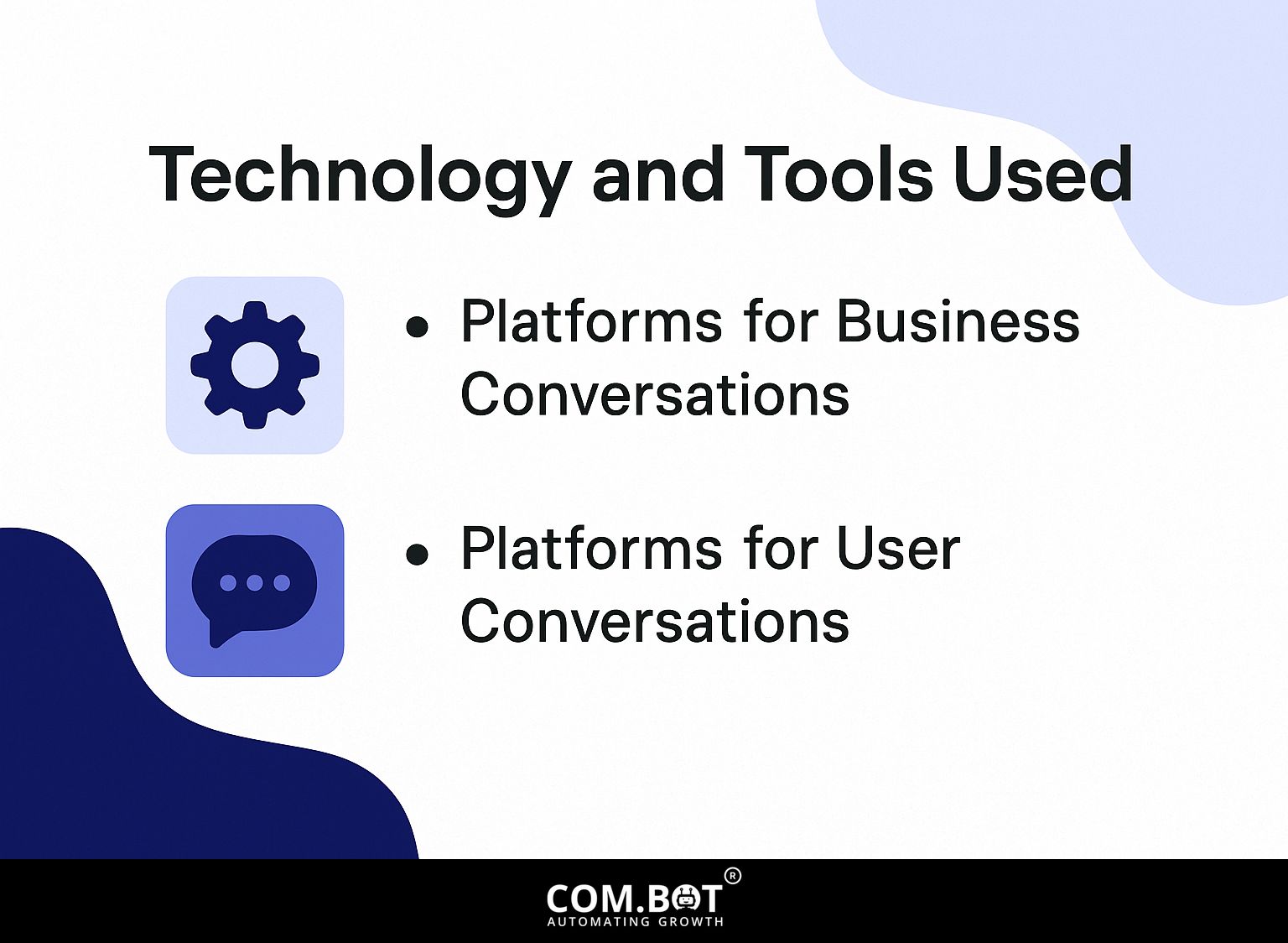
Technology helps businesses and users communicate better by using various platforms. Integrating tools like WhatsApp CRM can enhance this communication by streamlining and simplifying customer interactions. This integration can be explored further in our WhatsApp CRM Integration Guide.
1. Platforms for Business Conversations
Platforms like the WhatsApp API help businesses manage customer interactions effectively, offering organized communication tools designed for different kinds of conversations. By using quick replies, automatic messages, and custom templates, businesses can make communication easier.
For instance, WhatsApp Business offers message templates for common queries, reducing response times significantly. This is particularly useful for small e-commerce businesses, allowing them to manage customer inquiries effectively without the need for round-the-clock staffing.
Integrating customer support platforms like Zendesk can centralize interactions, helping track customer history and feedback. Using these tools well can make customers happier and help operations run more smoothly.
2. Platforms for User Conversations
User conversations thrive on platforms like Meta and Twitter, where customers can initiate dialogues that reflect their immediate needs and preferences.
Both platforms are great at attracting users by offering special features suited to their interests. For example, Meta lets users join groups based on interests, encouraging more detailed talks in specific communities.
Twitter, with its character limit, encourages concise exchanges and real-time conversations. Notably, brands that engage on Twitter see a 23% higher customer satisfaction rate.
Using tools like Hootsuite or Sprout Social can help track engagement metrics, allowing businesses to adjust their strategies based on direct customer feedback effectively.
Frequently Asked Questions
1. What are the differences between business and user-initiated conversations?
Business-initiated conversations are initiated by a company or organization, while user-initiated conversations are initiated by an individual user.
2. What is the purpose of a business-initiated conversation?
The purpose of a business-initiated conversation is typically to promote products or services, gather customer feedback, or handle customer inquiries or issues.
3. What is the purpose of a user-initiated conversation?
A user starts a conversation usually for personal reasons, like asking for information, making a complaint, or asking for help with a product or service.
4. How does the tone of a business-initiated conversation differ from a user-initiated conversation?
A business-initiated conversation often has a more formal and professional tone, while a user-initiated conversation may be more casual and personal in nature.
5. What are some common communication methods used in business-initiated conversations?
Business-initiated conversations often use methods such as email, phone calls, social media messaging, or live chat on a company website.
6. What are some common communication methods used in user-initiated conversations?
User-initiated conversations may use methods such as in-person interactions, phone calls, emails, social media messaging, or online chat with customer service representatives.

